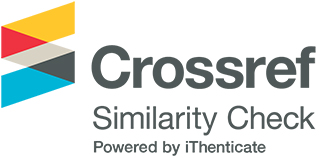The Function of the Plural Marker -lAr in Turkish from the Construction Morphology Perspective
DOI:
https://doi.org/10.33422/jarss.v8i2.1192Keywords:
Construction Morphology, Inflection, Lexical NetworkAbstract
This study aims to investigate the properties of the -lAr construction in Turkish within the framework of Construction Morphology (CxM). According to CxM, constructions are signs which are conventionalized pairings of form and meaning. As an output-oriented theory, it is argued that CxM enables us to account for the various but still relatable semantics of one construction. The plural construction -lAr in Turkish is quite productive and it can be motivated by various semantic relations in addition to its plurality denotations. It will be argued that our grammar is composed of a lexical network consisting of constructional schemas. The existing literature consists of research on its scopal features, its associative meaning, and whether its reading is inclusive or not; however, the additional functions such as its usages in greetings, making wishes are disregarded. There are also descriptive analyses which list several connotations of the morpheme but which fail to account for the systematicity of the relationships among these meanings. This paper thus accounts for both core grammar and the so-called peripheral usages of the -lAr morpheme and displays how production of different connotations is structured and enabled.
Downloads
Published
Issue
Section
License
Copyright (c) 2025 Müge Gedik

This work is licensed under a Creative Commons Attribution 4.0 International License.












